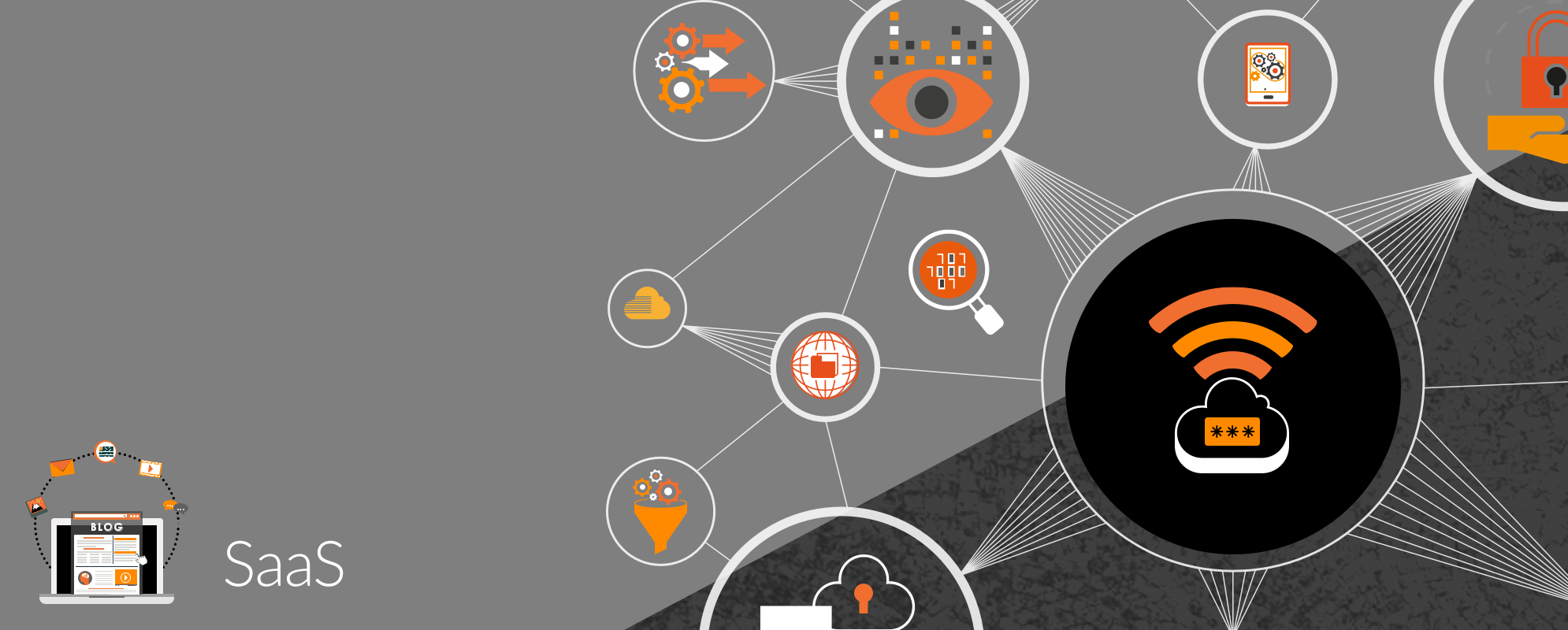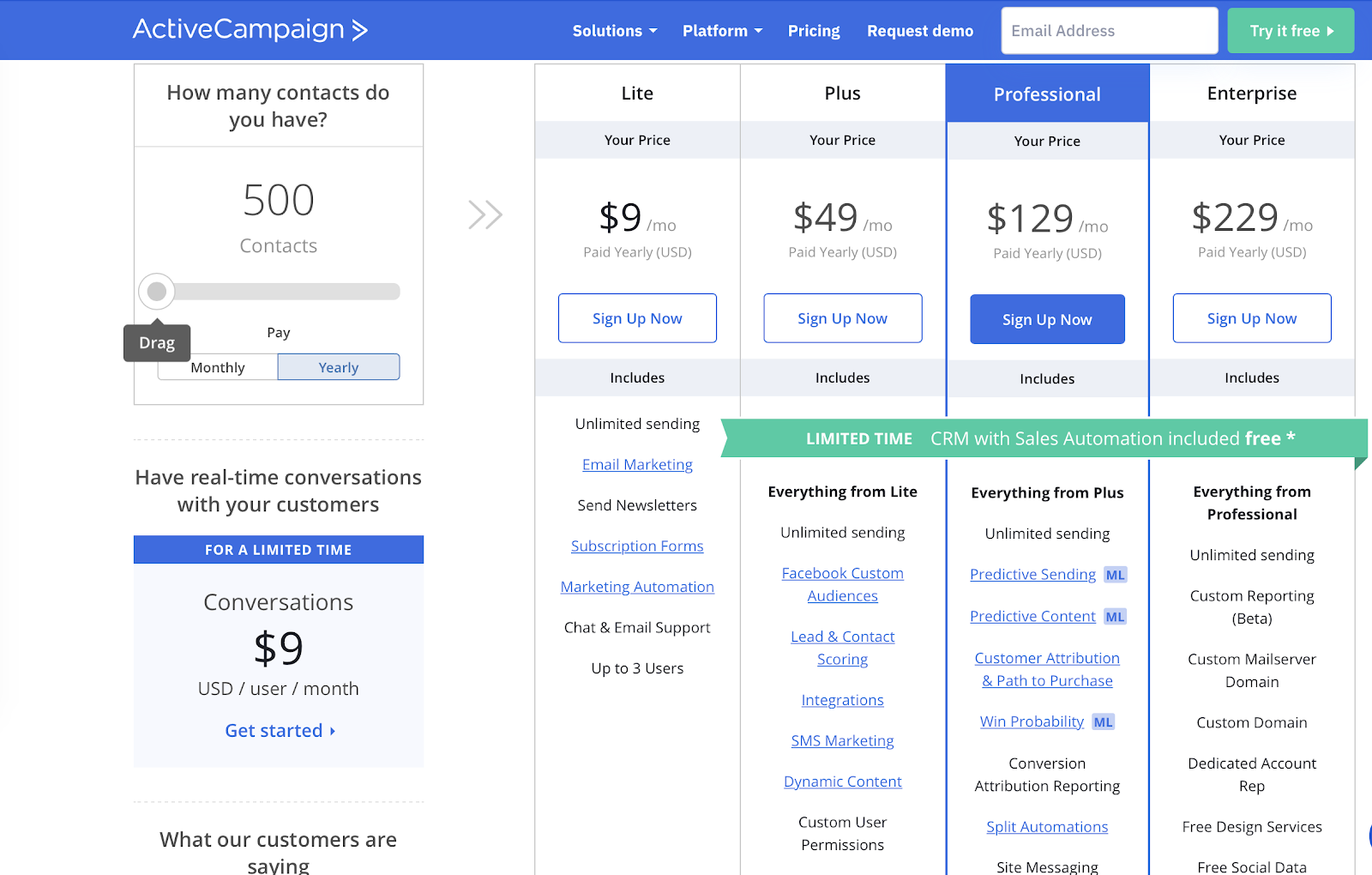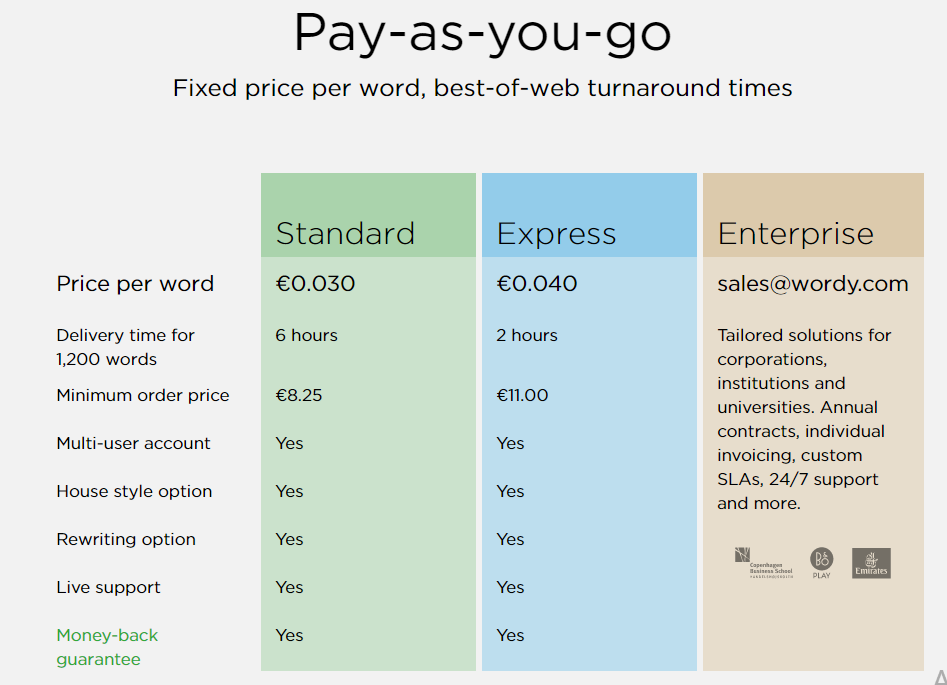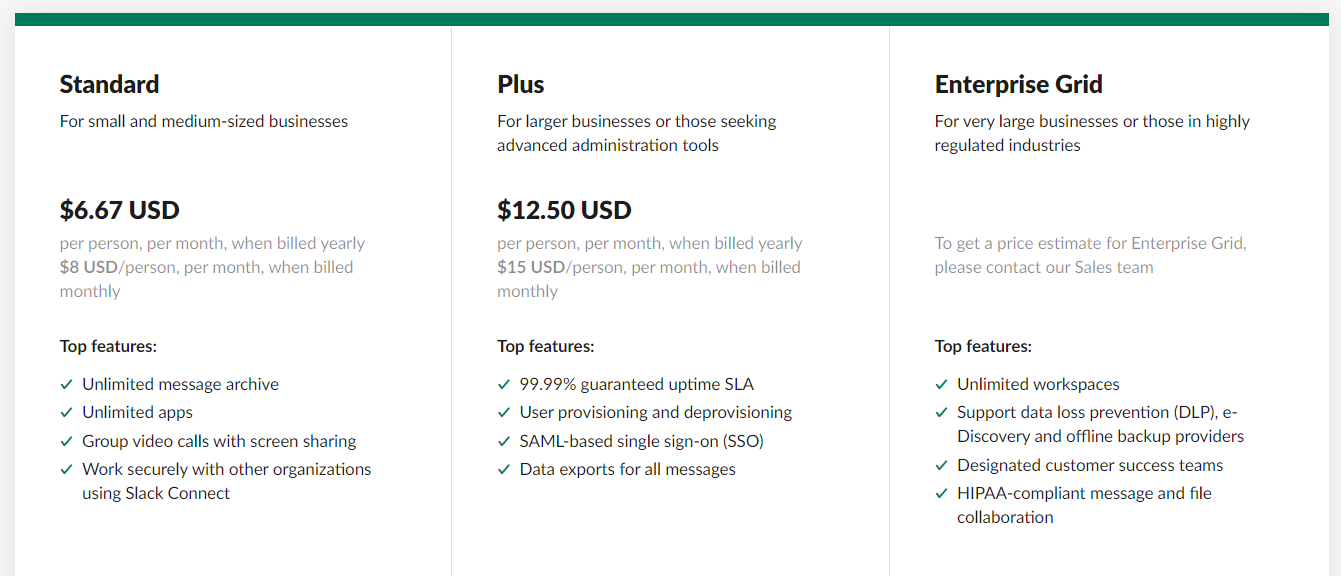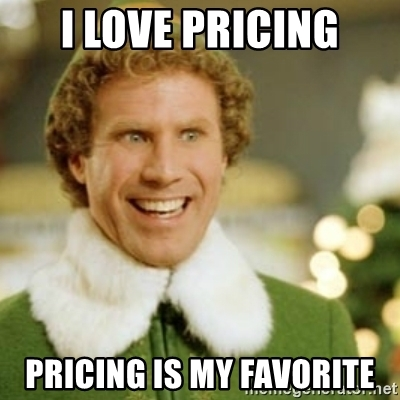Selling coffee is easy. You don’t need to explain what coffee is, it smells wonderful and its price is predictable as the sun rises in the morning. You look at a competitor on the right, then on a competitor on the left, and put on your price tag something in between.
Selling software for CRM, user authentication or tech SEO is not so easy. You have to explain what your product does and persuade your prospective customers that they can’t live without it.
And then you need to put a dollar figure on the extent to which prospective customers can’t live without your product — that would be your pricing. Sounds pretty abstract. That’s probably why for average startupers it takes only six(!) hours to decide on pricing picking numbers out of the air and forgetting it forever.
As a result, you hardly know if the price is too low and you are leaving money on the table. Or maybe the price is too high and you scare away a bunch of potential customers.
Poor pricing = Poor Revenue
Recently, a company I have been working at got a request to explain our pricing. When a person can’t understand your pricing page, you know you have a problem. So we stopped what we were doing to write a clarifying article and link it to a corresponding page hoping that would be enough. Because pricing is just so damn important.
Every other page on your site funnels to the pricing page. A ton of money and time burned in marketing and sales funnels just to bring a person to a purchase that may never happen because the pricing grid is not clear enough. The more time it takes to understand, the less likely it is people will sign up.
Simplicity is the key to pricing incredibly complex products. SaaS pricing models are key to incorporate that simplicity into your pricing.
Top 5 frequently used SaaS pricing models
You can price your product in a dozen different ways, but some of them are more popular than others. Let’s look at them, their pros and cons, and some examples, of course.
1.Flat model
Flat rate pricing is a pricing model that charges a single amount per month or year for all features and all levels of access. For instance, Youtube Premium works like that. Every month I pay the same cost to watch videos with no ads.
The good thing about flat pricing is that you don’t overwhelm your users with three or five options they have to choose from. The bad thing is that one-size-fits-all pricing in most cases fits none. Small businesses probably want a cheaper plan, while big enterprises are looking for more features or a custom approach. So they both will probably choose a competitor with tiered plans.
Flat pricing not only limits your customers’ choice but also limits you from earning additional revenue for additional value.
2.Feature-based model
You probably treat your product as a set of features, so it seems intuitive to make customers pay for different features within each tier — the higher price, the more functionality.
The hard truth is that customers don’t care about your features, and don’t want to pay for them. So unless, quite by accident, your product’s value perfectly aligns with your features list, we need another principle for division into tiers. It’s okay to put more fun features in the higher plans, but in most cases, features wouldn’t be your primary metric.
3.User-based model
Looks like pricing should align carefully with how your customers value your product and its features. Time to look for your core value metric — what exactly you’re charging for.
If you’re selling coffee, your value metric is a cup of coffee, and the more cups customers buy, the more they pay. If you’re a CRM tool like Salesforce, you could charge for a number of sales reps plugged into an app.
It works for Salesforce because their product’s value aligns pretty well with the number of users. As ProfitWell’s Patrick Campbell noted, “5 seats at Salesforce, for a company that only needs 5 seats, doesn’t seem expensive at all. And, 500 seats at a huge organization, on the other hand, is just the cost of doing business.”
4.Volume-based model
Volume-based pricing model a.ka. “pay as you go” means that you charge customers only for the volume they use. It is like a regular utility bill but for SaaS companies. You can charge for the number of emails, requests, storage volume, scheduled posts, issued invoices, calls, messages. For instance, Wordy editing service charges a fixed price per word, as the name of the service implies.
This pricing model is simple and predictable for customers, but totally unpredictable for you in the costs per month. An alternative solution for folks who need more predictability of their income lies in the banded approach. You figure out the distribution of your customers and pump your single-word units into bigger tires to align to that average usage.
5.Tiered model
Tiered pricing models look like a new industry standard for SaaS — Slack, and Intercom, and other big players use this approach.
The tiered model assumes that you split your offer into several blocks tailored to meet the specific needs of a particular buyer persona — like, beginner users, small businesses, or big companies.
It’s easy to see the reason for tiered pricing popularity. We move from vague and generic pricing that hardly resonates with anyone to specific, direct communication targeted for buyer personas. It results in higher conversions and maximum revenue.
However, tiered pricing can easily become overwhelming for users if loaded with too many options and information.
Afterword for those who love pricing
No pricing was born perfect, and here’s proof. This spreadsheet shows how the pricing of a hundred SaaS companies changed during ten years. The key observation here is that pricing changed almost for everyone.
So your pricing can also change. Pricing done right is not something you invent for six hours and call it a day. It’s a process of regular iterations. You start from an assumption of a pricing model that would work best for you, and then check that assumption in practice. Reviewing and optimizing your pricing regularly, you’ll spiral up to your perfect pricing.

